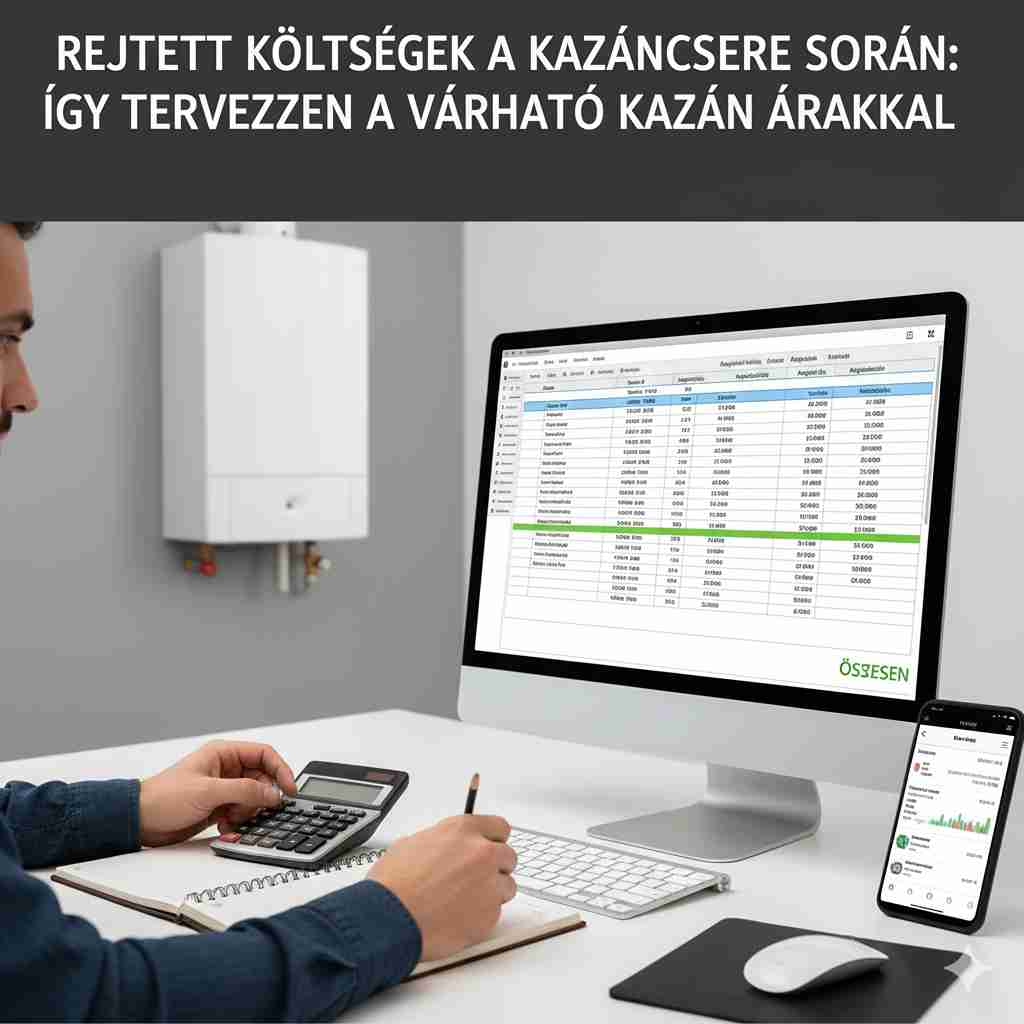Digital Transformation Sprints: The 20-Minute Fix for Your Biggest AI Bottleneck
The meeting has been on your calendar for a month. The title: "Digital Transformation & AI Strategy Review."

You are in a boardroom, physical or virtual. The CFO is looking at a budget that has produced no return. The CMO is frustrated that their "customer 360" project is in its third year. The Head of Operations is angry that their new "AI" tools don't integrate with the 20-year-old system that actually runs the factory.
The slide deck is 80 pages long. The "roadmap" stretches to 2030. Everyone in the room can feel it: this is failing.
This is the universal pain point of the modern enterprise. We have all bought into the promise of AI and digital transformation. We have funded the data lakes, hired the data scientists, and launched the "Centers of Excellence." Yet, we are stuck. We are trapped in "pilot purgatory," where dozens of "promising" AI models die in a lab, never seeing the light of day. We are paralyzed by our biggest bottleneck: our own approach.
We are all running a "Low-Velocity, Low-Impact" model. We are trying to win a Formula 1 race by driving a steamroller.
But what if the solution wasn't another five-year plan? What if the fix wasn't another hundred-million-dollar budget? What if the solution was a radical change in approach, one that you could define and launch in the next 20 minutes?
This is that meeting. The "20-Minute Fix" is not a magic wand. It is a strategic pivot. It is the end of "big transformation" and the beginning of the Digital Transformation Sprint—a High-Velocity, High-Impact (HVHI) framework designed to identify your biggest bottleneck and deliver measurable value in weeks, not years.
Part 1: Minutes 0-5: Identifying "The Bottleneck"
(The 80-page slide deck is closed. The first five minutes of our 20-minute meeting are for a brutally honest diagnosis.)
Our biggest AI bottleneck is not the technology. It is not a lack of data. It is the system we are using to deploy it. This system is slow, and it is aimed at the wrong targets.
The "Velocity Killers": Why We Are So Slow
-
The Monolithic Monster: At the heart of every established company is a legacy "system of record"—an ERP in retail, a mainframe in banking, an EHR in healthcare, an MES in manufacturing. This is our monolith. It is brittle, complex, and guarded by a "priesthood" of veterans who rightly fear that any change could bring the entire company down. We have made this monolith the center of our transformation plan, which is like deciding to renovate a skyscraper by starting with the foundation. It's a "Low-Velocity" trap.
-
The "Data Fortress" Mindset: We are all data-rich but information-poor. Our data is not a "lake"; it's a series of disconnected, heavily-guarded "fortresses" or "silos." The Sales, Marketing, and Finance departments all have their own version of "customer data." Instead of liberating it, we have created "Data Governance" committees that take 12 months to approve a single data request. We have put bureaucracy in charge of our most valuable asset.
-
The "Waterfall" Delusion: We are still using a 1970s "waterfall" project management mindset. We write a 5-year plan. We spend 18 months gathering "requirements." We spend 2 years building the "perfect" platform. By the time it launches in Year 4, the market has moved on, the business problem has changed, and the entire project is obsolete on arrival.
The "Impact Killers": Why Our "Wins" Don't Matter
-
"Pilot Purgatory": This is the disease. Our data science teams are busy. They have built dozens of "cool" pilots. A model that predicts customer churn in a spreadsheet. A computer vision model that finds defects on a test bench. These "wins" are celebrated in a newsletter and then die. Why? Because they are not integrated. They are not part of the salesperson's workflow or the factory floor's control system. They are technical trophies, not business tools.
-
Solving the Wrong Problem: The IT team is focused on building a platform. The data science team is focused on model accuracy. The business leader is focused on reducing customer complaints by 30%. These three groups are not working on the same thing. The AI team is "solution-obsessed" (e.g., "We must use a neural network!") rather than "problem-obsessed" (e.g., "Our sales forecast is a guess and it's killing us").
-
The ROI Black Hole: Our "big bang" transformation promises a theoretical return in 5 years. The CFO cannot wait 5 years. The board cannot wait 5 years. When the project inevitably hits a delay in Year 2 and has burned $50M with zero tangible impact, the funding is pulled. The entire program collapses.
This is our bottleneck. It is the slow, bureaucratic, low-impact model itself.
Part 2: Minutes 6-15: The Solution: The "Digital Transformation Sprint"
(This is the core of the meeting. We are defining the new model. This is the High-Velocity, High-Impact framework.)
The fix is to stop. We will stop the 5-year plan. We will stop the 80-page slide decks. We will stop trying to "boil the ocean."
Instead, we will hunt. We will pick one, high-value, high-impact bottleneck, and we will attack it in a single, focused Digital Transformation Sprint.
A sprint is not a "pilot." A pilot is an experiment. A sprint is a mission. It is a 4- to 8-week, time-boxed effort with a single goal: to ship a functional, integrated solution that delivers measurable business value.
This model has two non-negotiable components.
The "High-Velocity" (HV) Engine: How We Move Fast
-
The "Pod": A New Kind of Team We will not give this mission to the "AI Committee." We will form a "Pod" (or "Tiger Team"). This is a small, autonomous, cross-functional team of 5-7 people who are 100% dedicated to this one sprint.
-
The Business Owner (Product Owner): A leader from Sales, Marketing, or Ops. They own the problem and have the authority to make decisions.
-
The Data Scientist(s): The "builders" who will create the AI model.
-
The Data/IT Engineer: The "plumber" who can get the data out of the fortress and integrate the solution into the workflow.
-
The End-User: A real salesperson, nurse, or factory technician who will use the tool and provide instant feedback. This Pod is firewalled. It is exempt from normal bureaucracy. It works in 1-day cycles, not 1-month phases.
-
-
The "Wrapper" Strategy: Bypass, Don't Replace We will not try to replace the monolith. That is a Low-Velocity trap. We will wrap it. The Pod's engineer will build a lightweight API (Application Programming Interface) that "wraps" the legacy system. This API acts as a secure, modern translator, liberating only the data we need for this one sprint. This is the ultimate velocity hack. It allows us to build an AI-powered app that talks to our 20-year-old mainframe without spending 3 years re-platforming.
-
Time-boxing as a Weapon The sprint is 6 weeks. Not 6.5. This non-negotiable deadline is the ultimate focusing tool. It forces the team to be ruthless. It kills perfectionism. It forces them to build the "Minimum Viable AI."
The "High-Impact" (HI) Compass: How We Aim True
-
The "North Star Metric": From "Tasks" to "Outcomes" This is the most critical pivot. The sprint's goal is not a task.
-
LOW-IMPACT (Task): "Deploy a churn model."
-
HIGH-IMPACT (Outcome): "Reduce customer churn in the premium-tier by 5% in Q3."
The Pod is now 100% focused on this business metric. If the best way to reduce churn is a simple dashboard, not a complex AI, so be it. This aligns everyone to the same, measurable, high-impact goal. It stops the "pilot purgatory" problem dead.
-
-
The "Minimum Viable AI" (MV-AI) The "perfection" trap kills impact. A "perfect" 99% accurate model that takes 12 months to build is useless. The Pod's goal is a "Minimum Viable AI":
-
An 80% accurate model...
-
...that is fully integrated into the salesperson's CRM...
-
...and is live in 6 weeks.
This 80% model, in use, generates more value (and more learning data) in one day than the "perfect" model that sits in a lab. The Pod will iterate and improve it after it's live, in Sprint 2.
-
-
Attack the Bottleneck, Not the "Cool" Problem The Pod's first mission is not a "moonshot." It is a "bottleneck buster." We will pick the single most painful, costly, and gridlocked process in the company. Why?
-
It's high-impact: Solving it delivers immediate, tangible ROI.
-
It's high-visibility: Everyone in the company feels the pain of this bottleneck. When the Pod fixes it, they become heroes.
-
It builds momentum: The ROI from Sprint 1 funds Sprint 2. The cultural win from Sprint 1 creates a pull from other departments, who all want their own sprint team.
-
Part 3: Minutes 16-20: The "20-Minute Fix" Action Plan
(This is the end of the meeting. We are no longer debating theory. We are making decisions. This is the script.)
Minute 16: Identify "Patient Zero." We will now, in this room, identify our first sprint target. What is the single biggest bottleneck that is costing us money or customers right now?
-
Is it our sales forecast accuracy?
-
Is it our customer service wait times?
-
Is it our supply chain "stock-out" rate?
-
Is it our in-hospital patient readmission rate? (We debate for 60 seconds. We agree. Our biggest bottleneck is Sales Forecast Accuracy. It’s a guess, and it's causing chaos in our supply chain.)
Minute 17: Define the "North Star." Our goal is not to "build a forecasting model." Our North Star Metric for this 6-week sprint is:
-
"Reduce forecast error for our Top 100 products from 40% to 20%."
Minute 18: Name the Pod. We will name the Pod now.
-
Business Owner: Sarah, VP of Sales (she owns this number).
-
Lead Data Scientist: Raj, from the AI team.
-
Data Engineer: Maria, who knows the ERP and Salesforce data.
-
End-User: Dave, our top-performing Sales Director.
-
These four people are 100% dedicated to this mission for 6 weeks, starting Monday.
Minute 19: Grant "Air Cover." As the executive team in this room, we are giving this Pod "Air Cover." This means:
-
They have a dedicated budget ($50k) that they can spend without normal procurement.
-
They are exempt from all non-essential meetings and committees.
-
They have our explicit permission to wrap the ERP and Salesforce systems.
-
They report directly to the CFO (me) and the CEO.
Minute 20: Set the Clock. This meeting is over. The only follow-up meeting is in 6 weeks. The agenda is a 30-minute live demo from the Pod, showing us the new forecast and the 20% accuracy improvement.
The New Model: From "Transformation" to "Sprints"
This 20-minute meeting fundamentally reframes our entire approach. We have just killed the 5-year, $100M "Digital Transformation" project. In its place, we have launched a high-speed, high-impact engine.
The "Digital Transformation Sprint" is not just a "fix." It is a new operating model. It is the antidote to the bottleneck. It de-risks AI by making small, fast, intelligent bets instead of one giant, slow, dumb one.
The Pod's success in Sprint 1 will be tangible. It will be a real, P&L-affecting win. That win will not just build a better forecast; it will build belief. It will build momentum. It will create a cultural shift that is more powerful than any 80-page slide deck.
We have just proven that transformation doesn't have to be slow. We have proven that AI can deliver value now. And we have just created a repeatable, scalable playbook. The only question left is: which bottleneck are we fixing next?
 A digitális marketing világában vannak iparágak, amelyek meghódítása a szakma csúcsát jelenti. Ezek a "Mount Everestek", a legnehezebb, leginkább kompetitív digitális csataterek, ahol csak a legfelkészültebb, leginnovatívabb és leginkább bizalomra építő stratégiák érhetnek el sikert. A gyógyászati segédeszközök online piaca vitathatatlanul egy ilyen terület. Az extrém verseny, a vásárlók mélységes bizalmi deficitje és a Google legszigorúbb minőségi elvárásai együttesen egy szinte teljesíthetetlennek tűnő küldetés elé állítják a marketingeseket.
A digitális marketing világában vannak iparágak, amelyek meghódítása a szakma csúcsát jelenti. Ezek a "Mount Everestek", a legnehezebb, leginkább kompetitív digitális csataterek, ahol csak a legfelkészültebb, leginnovatívabb és leginkább bizalomra építő stratégiák érhetnek el sikert. A gyógyászati segédeszközök online piaca vitathatatlanul egy ilyen terület. Az extrém verseny, a vásárlók mélységes bizalmi deficitje és a Google legszigorúbb minőségi elvárásai együttesen egy szinte teljesíthetetlennek tűnő küldetés elé állítják a marketingeseket.






